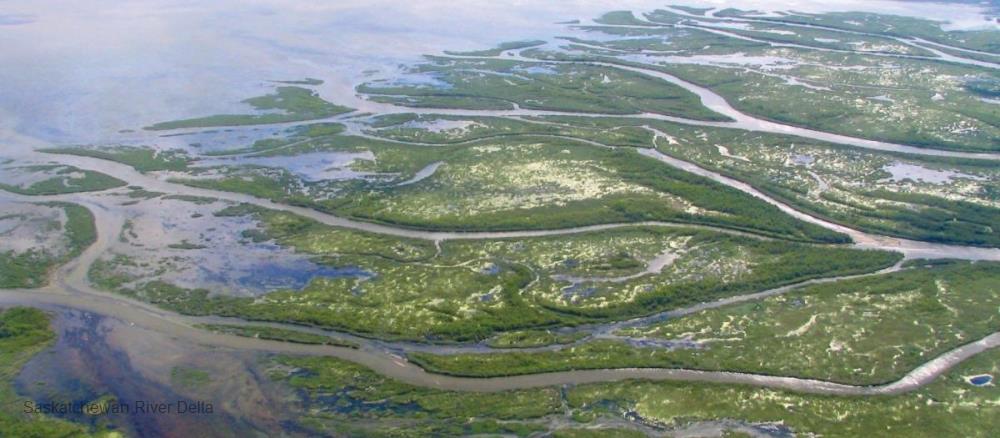
Related items loading ...
Section 1: Publication
Publication Type
Thesis
Authorship
Yu, X.
Title
Assessing vegetation response to dought in northern mixed grasslands : perspective from remote sensing
Year
2022
Publication Outlet
University of Saskatchewan, Harvest, Graduate Theses and Dissertations
DOI
ISBN
ISSN
Citation
Abstract
Drought, commonly used as a meteorological term, is a deficiency in precipitation
over an extended period, that will lead to agricultural, hydrological, and socioeconomic
impacts when meteorology drought prolongs. Ecological drought is another term people
used to describe the response of the ecosystem to drought. Recently increased drought
severity and length have become one of the major natural disasters under climate change
scenarios. The northern mixed grasslands, a typical arid and semi-arid region, are
experiencing escalating drought threats. Even with a rich literature on drought indicators
study, there is still a need to quantify and monitor the drought effect on the grassland
ecosystem for the implementation of congruous management strategies. This study aims
to investigate the vegetation response to drought in northern mixed grasslands from a
remote sensing perspective. More specifically, the objectives are to 1) understand the
effects of the meteorological drought on the grassland ecosystem through evaluating the
ecological drought via remote sensing methods, 2) evaluate the effects of water deficit
stress on the grassland ecosystem through a key grassland ecosystem indicator,
productivity, 3) further tackle the challenges of drought on senescent vegetation under
drought condition, and 4) to develop an ecosystem health indicator to monitor the drought
severity accounting for land surface temperature, senescent vegetation, and green
vegetation in grassland ecosystem. The results revealed that the vegetation’s greenness
peak and senescence were asynchronous in response to drought, though it is commonly
understood that meteorological drought is the trigger for the ecological drought.
Meanwhile, the drought effects can be evaluated through remote sensing products to
estimate grassland productivity/biomass based on the consideration of water deficit and
temperature constraints. In addition, hyperspectral remote sensing can distinguish the
green and the senescent biomass though the plant traits (canopy structure parameters:
LAI, canopy height, and vegetation fractional cover) have great potential to model green
and senescent vegetation biomass. Moreover, it was found that the green and the
fractional covers can be estimated by spectral unmixing through remote sensing. Lastly,
the study demonstrated that it is more practical to monitor northern mixed grasslands
drought by combing green and senescent vegetation as well as temperature. Overall, this
research provides an innovative methodology for monitoring northern mixed grasslands
vegetation’s response to drought and supports the hypothesis that the optimal remote
sensing approach can successfully estimate multiple important parameters related to the
grassland ecosystem. This dissertation novelty focused on the investigation of senescent,
dead vegetation materials’ dynamic confronted with drought through a remote sensing
perspective. All these methodologies and findings can enhance the understanding of
northern mixed grasslands ecosystem monitoring, providing information for both
academic researchers and grassland management policymakers.
Plain Language Summary


 GWFNet
GWFNet Master
Master Data
Data Research
Research Map
Map
 Advanced
Advanced Tools
Tools
 . . .
. . .
 Metadata Editor
Metadata Editor
 Record List
Record List
 Alias List Editor
Alias List Editor
 Legacy sites
Legacy sites